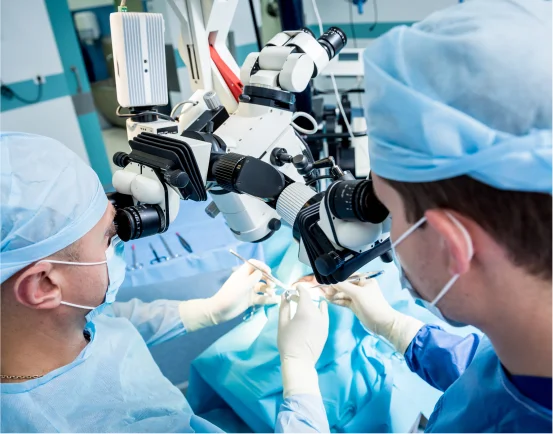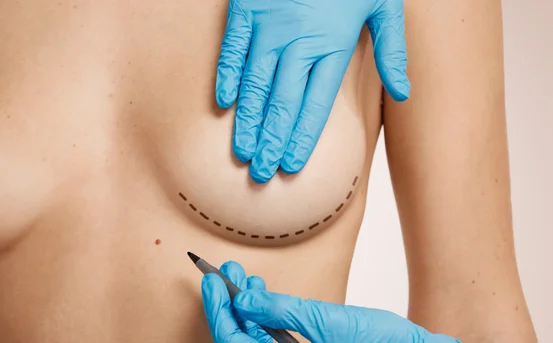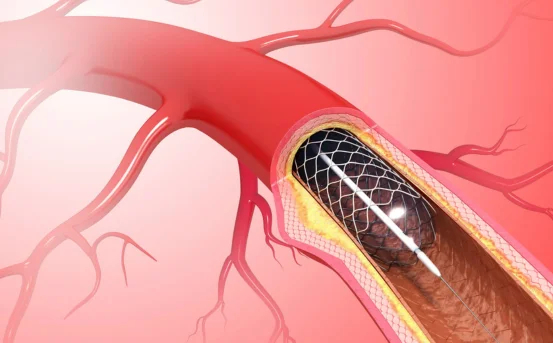Brainstem surgery is one of the most complex and delicate neurosurgical operations performed on the brainstem, as it involves the region of the brain that integrates the spinal cord with the cerebrum. A successful treatment hinges on providing accurate diagnosis for brainstem surgery. Accurate diagnosis requires early symptom recognition, sophisticated imaging, and thorough neurological evaluation, which in some cases may be even more than one branch of neurology.
What Is Brainstem Surgery?
Brainstem surgery pertains to neurosurgical operations done on the brainstem, as it is the region responsible for vital functions such as respiration, heart rate, and movement. Some common conditions that need brainstem surgery include:
- Brainstem gliomas or tumors
- Cavernous malformations
- Hemangioblastomas
- Vascular compression syndromes
- Chiari malformations
- Trigeminal neuralgia
Due to the critical nature of the brainstem, a precise diagnosis is mandatory along with careful planning before performing any form of surgery to lessen risks and enhance results.
Why Is Diagnosis Important Before Brainstem Surgery?
The brainstem is a dense and delicate region of the body. There can be severe complications or neurological deficits from either a delayed diagnosis or a misdiagnosis. In any case, diagnosis has primary aims to:
- Identify the condition responsible
- Estimate the size, site, dimensions, and scope of the lesion
- Assess any neurological deficits
- Consider non-surgical treatment alternatives
- Determine the optimal surgical strategy
Diagnosing Symptoms That May Stem From Brain Evaluation
Identifying the early diagnosis for brainstem surgery abnormalities may help to facilitate and speed up the diagnostic process. They include:
- Prolonged Headaches
- Blurred or double vision
- Dysphagia and Dysphasia
- Limb Weakness or Numbness
- Coordination or balance difficulties
- Hearing deterioration or hearing noises without an external source (tinnitus)
- Weakness or involuntary movements of muscles in the face
- Irregular breathing and heartbeats in more serious case
While these symptoms could be caused by other disorders, having a thorough approach to diagnosing them is very important.
Medical Conditions That May Justify Brainstem Surgery
A few conditions may impact the brainstem and, thus, need it to be surgically treated, including:
- Brainstem Tumors: Benign or malignant tumors, including gliomas, can develop in or adjacent to the brainstem.
- Vascular Dysmorphisms: A hemorrhage or compression could be caused by cavernous malformations and aneurysms.
- Infectious or Abscesses: While rare, some infections can form space-occupying lesions.
- Surgical Corrective Measures: Treatment for Chiari malformation and syringomyelia may require surgical intervention.
- Head Trauma: Severe head trauma can lead to hematomas or more complex structural damage.
Diagnosis for Brainstem Surgery: A Multi-Step Process
A singular diagnosis for brainstem surgery combines several neurological examinations and imaging diagnostics.
- Neurological Examination: Clinical Assessment Components
Motor strength assessment
- Responses to stimuli
- Reflex actions
- Function of cranial nerves
- Coordination with gait analysis
- Speech as well as cognitive capabilities
Integrating these assessments further aids in determining the location of the injury and the degree of neurological dysfunction.
- Advanced Imaging Procedures
Advanced imaging techniques significantly improve the detection and diagnosing process of brainstem abnormalities.
- Magnetic Resonance Imaging (MRI)
MRI serves as the evaluation benchmark for the brainstem. It provides excellent detail of soft tissue structures and aids in the detection of tumors, vascular malformations, and inflammation.
- Magnetic Resonance Angiography (MRA)
Used primarily to study the blood vessels surrounding the brainstem and is perfect for detecting aneurysms or other vascular malformations.
- Computed Tomography (CT) Scan
Helpful in emergency cases or when MRI is contraindicated. Used most often during the first 24 to 48 hours after an injury to the head, they are extremely useful in detecting hemorrhages or the presence of calcifications
2. Functional MRI (fMRI)
In certain complex situations, fMRI is utilized to avoid critical regions in the brain that need to be preserved during surgical interventions.
- Electrophysiological Tests
These tests evaluate the functional status of the brainstem:
- Brainstem Auditory Evoked Potentials (BAEP): Evaluates the function of the auditory pathways via the measurement of electrical activity.
- Somatosensory Evoked Potentials (SSEP): Evaluates the integrity of relevant sensory pathways.
- Electromyography (EMG): Evaluates the presence of dysfunction in nerves and muscles.
- These tools are useful for pre-surgical planning and intraoperative monitoring.
- Lumbar Puncture (Spinal Tap)
In some cases, analyzing cerebrospinal fluid (CSF) can be helpful when there is suspicion of infection or inflammation.
- Biopsy
If there is a tumor, a biopsy can help in determining the type and grade of the tumor. In some situations, this can be done with a stereotactic needle biopsy through imaging guidance to minimize risk.
Post Diagnostics Treatment Planning
Following the completion of diagnostics, there is a collaborative approach involving neurosurgeons, neurologists, and radiologists to address:
- Surgical requirements (if any)
- Most appropriate surgical method (microsurgery, endoscopic, and stereo tactic)
- Associated risks and anticipated benefits
- Need for preoperative intervention (steroids, chemotherapy)
- Rehabilitation and follow-up care post surgery
Risks of Incorrect Diagnosis or Delay in Diagnosis
- Patients suffer from lack of
- Cognitive decline
- Severe brainstem ionithesis which may cause respiratory failure or heart failure
- Worsening pre-existing symptoms without appropriate intervention
Higher surgical risk due to poorly planned interventions
This emphasizes the importance of timely and accurate diagnosis interventions for life-threatening conditions.
Conclusion
The foundation of effective treatment stems from accurate diagnosis and involves numerous steps ranging from symptomatology to imaging and then functional testing. Evaluation and collaboration amongst specialists is essential as the intricacies of brainstem disorders need thorough consideration for best possible outcomes.
In case you or your loved ones present with symptoms suggestive of brainstem pathology, seek a neurospecialist urgently. Swift intervention is vital in differentiating between a condition that is easily managed versus one that causes lifelong impairment.























